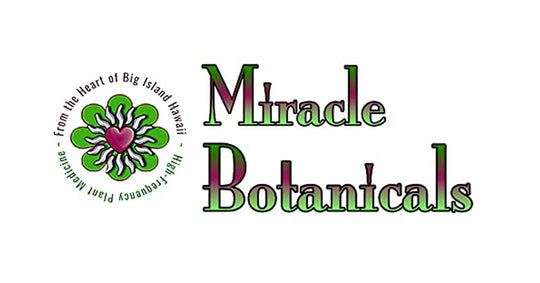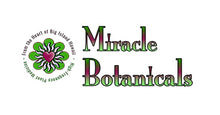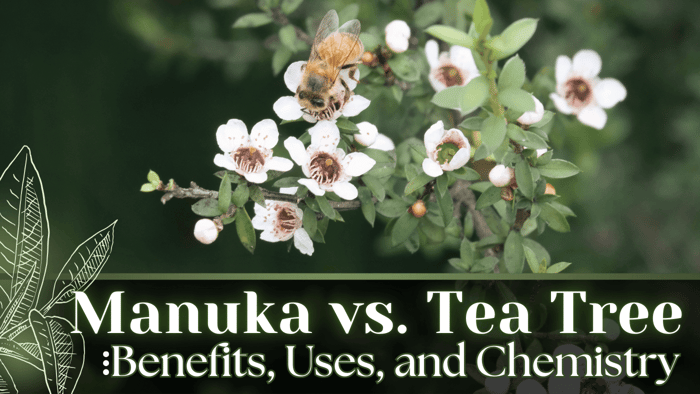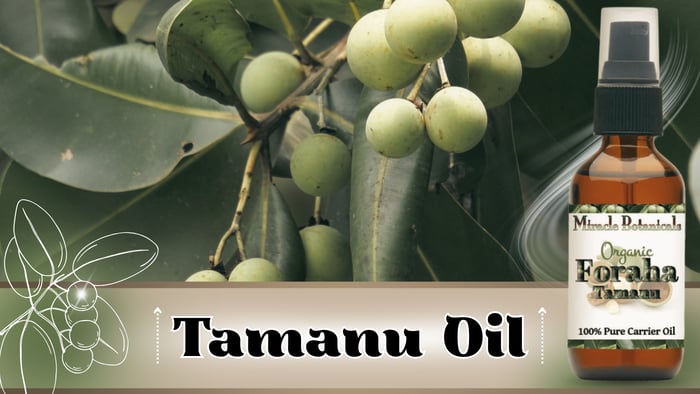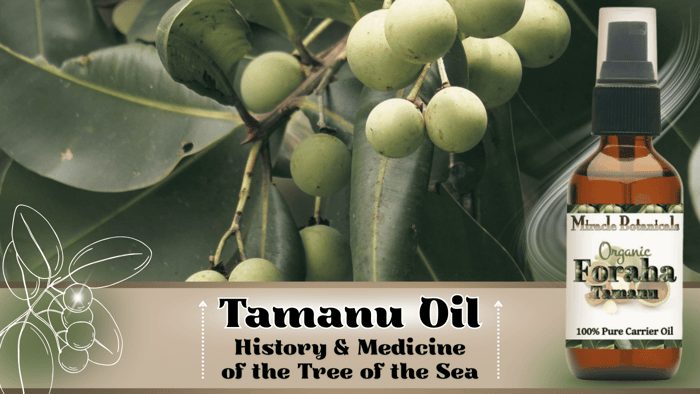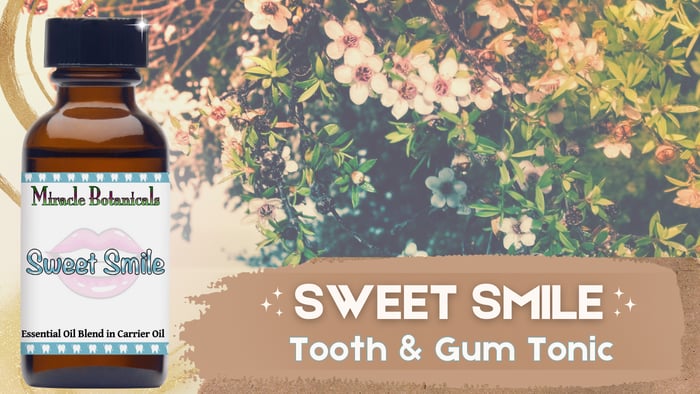Table of Contents
Tea Tree vs. Manuka Essential Oil: What's the Difference?
When it comes to natural solutions for skincare, respiratory health, immune support, and household purification, the essential oil of Manuka and Tea Tree often top the list. Both praised for their potent antimicrobial and healing properties, these oils come from distinct plants native to Australasia and offer unique chemical compositions, benefits, and uses. But what really sets them apart?
In this article, we'll dig into the botanical origins, chemical makeup, traditional uses, and modern applications of both Tea Tree and Manuka essential oils. If you love getting nerdy with plant science, you’re in the right place. Plus, we’ll provide tips on how to choose the best oil for your needs, storage guidelines, and even a few DIY blends to try at home.
Botanical Origins
| Feature | Tea Tree Oil | Manuka Oil |
|---|---|---|
| Botanical Name | Melaleuca alternifolia | Leptospermum scoparium |
| Common Name | Tea Tree | Manuka |
| Plant Family | Myrtaceae | Myrtaceae |
| Native To | Australia | New Zealand |
| Plant Part Used | Leaves | Leaves and small branches |
| Extraction Method | Steam Distillation | Steam Distillation |
Though both come from the Myrtaceae family, Tea Tree and Manuka are distinctly different species and grow in different ecosystems. Tea Tree thrives in the swampy lowlands of Australia, while Manuka grows on the rugged hillsides of New Zealand. These environmental conditions influence not just the chemistry but also the energy and potency of the oils.
Chemical Composition
The most fascinating differences between these oils lie in their chemistry.
Tea Tree Oil Key Constituents:
Terpinen-4-ol (30-40%): The primary antimicrobial compound
Gamma-terpinene
Alpha-terpinene
1,8-Cineole (Eucalyptol): May cause irritation in high concentrations
Manuka Oil Key Constituents:
Leptospermone and other η-triketones (up to 20-30%): Rare compounds with powerful antibacterial activity
Calamenene
Flavesone
Pinene (alpha and beta)
Essential oil of Manuka is particularly rich in η-triketones, a class of compounds not found in Tea Tree oil. These are highly effective against gram-positive bacteria, including strains like Staphylococcus aureus, which makes Manuka a standout in the world of antimicrobial essential oils.
Tea Tree essential oil, on the other hand, has broader-spectrum activity, including antiviral, antibacterial, and antifungal properties, largely due to terpinen-4-ol. Its antifungal prowess is particularly well-studied in conditions like candida and athlete's foot.
Antimicrobial Properties: Which Is Stronger?
While both oils have potent antimicrobial effects, Essential oil of Manuka is often considered more powerful against bacterial infections, especially those on the skin. Studies have shown its efficacy against antibiotic-resistant bacteria like MRSA.
Tea Tree oil excels in fungal and general bacterial infections, such as athlete's foot, acne, and respiratory issues. However, its higher content of 1,8-cineole can irritate sensitive skin or mucous membranes, which is why it's often recommended to do a patch test before topical use.
| Activity | Tea Tree Oil | Manuka Oil |
|---|---|---|
| Antibacterial | Strong | Very Strong |
| Antifungal | Very Strong | Moderate |
| Antiviral | Strong | Moderate |
| Anti-inflammatory | Moderate | Strong |
| Skin Sensitivity | Medium (due to 1,8-cineole) | Low (gentler) |
Antibacterial (Very Strong – Manuka): Manuka’s η-triketones have been shown in lab studies to be especially effective against gram-positive bacteria, including MRSA and Staphylococcus aureus. These compounds disrupt bacterial membranes and inhibit growth even at low concentrations.
Antifungal (Very Strong – Tea Tree): Tea Tree’s high terpinen-4-ol content is well-documented for its antifungal activity. Research supports its effectiveness against dermatophytes like Trichophyton species, which cause athlete’s foot and nail fungus.
Antiviral: Both oils show promise against enveloped viruses in vitro. Tea Tree has stronger data due to broader testing.
Anti-inflammatory: Manuka’s calamenene and flavesone compounds exhibit notable anti-inflammatory effects, supporting its use for sensitive or inflamed skin.
Skin Sensitivity: Manuka is less likely to cause irritation due to its absence of 1,8-cineole, making it preferable for sensitive skin applications.
Scent Profile & Energetics
Tea Tree: Sharp, medicinal, camphorous. Often associated with a "cleaning product" scent due to its intense freshness and antiseptic aroma. Its invigorating quality makes it ideal for clearing mental fog, boosting focus, and energetically "cleansing" both spaces and auras.
Tea Tree Essential Oil (Premium) (Melaleuca Alternifolia)
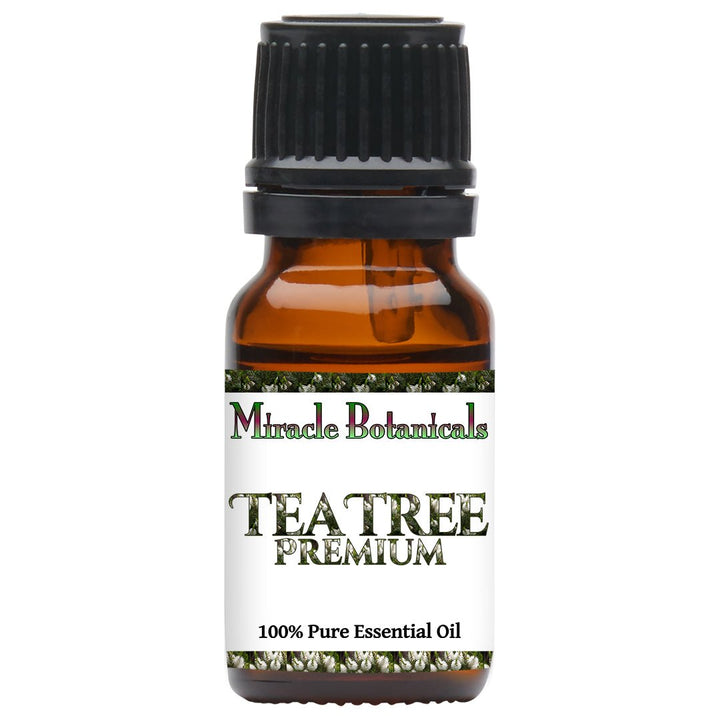
$11.97
Botanical Name: Melaleuca Alternifolia Plant Part: Leaves and Twigs Method of Extraction: Steam Distilled Country of Origin: Australia Color/Consistency: Clear with Thin Consistency Main Chemical Components: Terpinen-4-ol (43.4%), delta-Terpinene (19.32%), alpha-Terpinene (9.64%) … read more
Manuka: Warm, woody, and earthy with a subtle sweetness. More grounding and less astringent than Tea Tree, its scent evokes the feeling of being deep in a pristine New Zealand forest. It's often described as comforting, stabilizing, and emotionally nurturing.
Manuka Essential Oil - Wildcrafted (Leptospermum Scoparium)
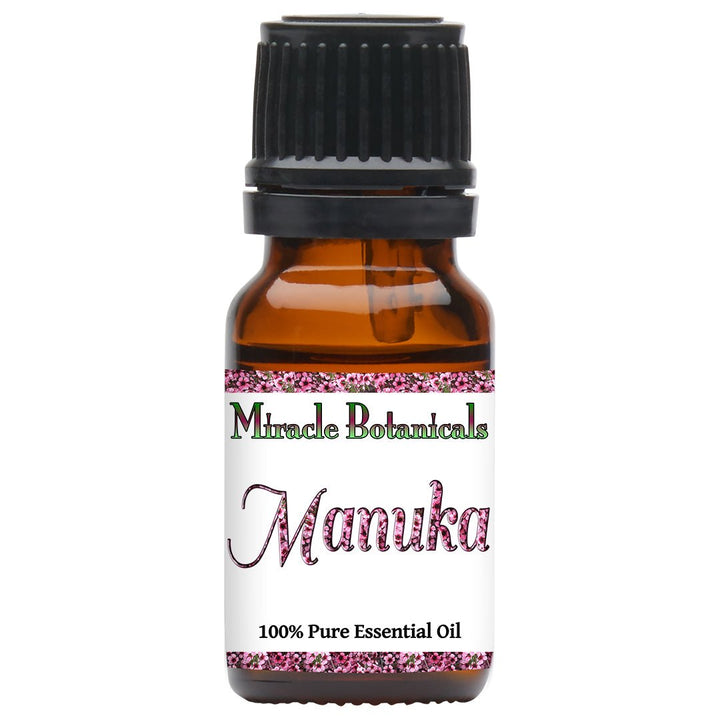
$21.97
Botanical Name: Leptospermum Scoparium Plant Part: Leaves Method of Extraction: Steam Distilled Country of Origin: New Zealand Color/Consistency: Straw-Yellow Color with Thin Consistency Aroma: Rich, Sweet, and Herbaceous; Less Pungent and Medicinal than Tea Tree Perfumery Note: Middle Main Chemical… read more
From an aromatherapy perspective, Tea Tree is invigorating and purifying, making it perfect for times when you want to to refresh your environment and your energy. It's great for enhancing alertness and breaking through stagnant energy.
Essential oil of Manuka, on the other hand, is calming and supportive, often used to relieve emotional stress, tension, and promote deep sleep. Its gentle nature lends itself well to inner work, restoration, and emotional healing.
Some practitioners—particularly those in Traditional Chinese Medicine (TCM), energetic aromatherapy, and holistic herbalism—view Manuka as embodying yin energy: restorative, cooling, and receptive. It’s often used in emotional healing protocols to soothe the nervous system and support deep rest. Tea Tree, by contrast, is seen as expressing yang energy: stimulating, warming, and activating. This perspective is informed by TCM energetics and supported by modern aromatherapists and plant healers who integrate both chemistry and energetic qualities into their practice.
Blending the two oils can create a beautiful energetic balance—Tea Tree for movement and clarity, Manuka for grounding and peace.
Traditional Uses
Tea Tree (Melaleuca alternifolia)
Tea Tree has been a cornerstone of Aboriginal Australian medicine for thousands of years. The indigenous Bundjalung people of northern New South Wales would crush the leaves and inhale the oils for relief from coughs and colds, or apply poultices of the leaves directly to wounds, insect bites, and skin infections to aid in healing and prevent infection. Tea Tree-infused steam baths were also used to ease respiratory ailments, while leaves were brewed into herbal teas (though ingesting essential oils today is not advised without expert supervision).
Modern Applications:
Today, Tea Tree oil is a go-to natural remedy for:
Acne and blemish control, thanks to its broad-spectrum antimicrobial and anti-inflammatory properties.
Athlete’s foot, nail fungus, and dandruff, where its antifungal capabilities shine.
Lice treatments, often included in natural shampoos.
Household cleaning, due to its ability to kill germs without harsh chemicals.
Its accessibility and versatility have earned it a place in medicine cabinets around the world as a first-aid and household staple.
Manuka (Leptospermum scoparium)
Manuka has a deep-rooted history in Maori herbal medicine. New Zealand’s indigenous people used various parts of the Manuka tree. The bark was often used to treat fevers and gastrointestinal distress, while the leaves and steam from boiled Manuka were inhaled to ease respiratory congestion. Poultices made from crushed leaves were applied to wounds, burns, and inflammation, and Manuka-infused teas were consumed to soothe internal ailments.
While the essential oil form wasn't traditionally distilled until more recent times, the plant's medicinal use was widespread and revered for its potency and versatility.
Modern Applications:
Eczema, psoriasis, and inflamed skin, due to its gentler touch and soothing properties.
MRSA and antibiotic-resistant skin infections, where its high triketone content is particularly effective.
Wound and scar care, often combined with balms and carriers for advanced skin recovery.
Stress and anxiety relief, as its warm, grounding aroma supports emotional balance and deep rest.
Manuka is sometimes referred to as the “gentle warrior”—potent against harmful microbes, yet nurturing to delicate or damaged skin.
Applications & How to Use
| Use Case | Tea Tree | Manuka |
|---|---|---|
| Skin Care | Acne, oily skin, fungal infections | Sensitive skin, eczema, rashes |
| Hair & Scalp | Dandruff, lice | Dry scalp, soothing treatments |
| Respiratory | Sinus congestion, coughs | Asthma support, gentle decongestant |
| Immune Support | Topical or diffused | Topical, diffused, emotional balance |
| Home Cleaning | Disinfectant sprays, mold treatments | Gentle cleaning blends |
Important Note: Always dilute essential oils before applying to skin. Recommended dilution: 1-3% in a carrier oil. A few drops of Tea Tree in a carrier oil can be dabbed on blemishes, while Manuka is excellent in creams or balms for sensitive or inflamed areas.
Sustainability & Sourcing
Both oils can be sustainably harvested, but essential oil of Manuka is rarer and often more expensive due to:
Limited growing regions (mainly New Zealand)
Slower growth rate of the Manuka shrub
Higher manual labor in harvesting
Tea Tree is more widely cultivated and is generally more accessible and cost-effective. Nonetheless, quality matters. Always seek oils that are GC/MS-tested, organically grown or wildcrafted when possible, and free from fillers or synthetics.
DIY Blend Ideas
Want to incorporate these oils into your natural wellness routine? Try these blends—lovingly formulated by the plant alchemists at Miracle Botanicals:
1. Anti-Blemish Roll-On
2. Lice Treatment Blend
3 drops Tea Tree
4 drops Manuka
3 drops Rosemary Essential Oil
3 drops Neem
1 tablespoon Foraha Oil
2 Tablespoons Apple Cider Vinegar
1 cup water
Mix in a jar/spray bottle and apply generously to the scalp and hair - from roots to ends. Since water and oil don’t mix, always shake well before use. Cover with a shower cap for 45–75 minutes, comb through with a fine-tooth lice comb, and wash thoroughly with natural shampoo—repeat every 2–4 days as needed.
2. Skin Soothing Serum
1/4 cup Hazelnut oil
1 drop Manuka
1 drop Lavender
1 drop Helichrysum Italicum
3. Immune Support Diffuser Blend
Final Thoughts: Which One Should You Choose?
Choose Tea Tree if you want:
A versatile, all-purpose antimicrobial oil
Strong antifungal action (e.g., for athlete’s foot, nail fungus)
A more affordable option for cleaning and skin care
Choose Manuka if you want:
A gentler, non-irritating alternative for sensitive skin
Advanced support against bacterial infections (e.g., eczema, MRSA)
A grounding aroma with emotional benefits
Both Tea Tree and Manuka essential oils are powerful, versatile tools for natural wellness. Tea Tree is bold and broad-spectrum—great for everyday concerns—while Manuka is gentler, yet potent, especially for sensitive skin and stubborn bacteria. Together, they offer a balanced approach to plant-based care.
FAQs
What's the Main Difference Between Tea Tree and Manuka Essential Oil?
Tea Tree is a powerful antibacterial commonly used for acne and wound care, while Manuka is more antifungal and soothing, ideal for sensitive or inflamed skin.
Which Oil Is Better for Sensitive Skin?
Manuka is generally better suited for sensitive or reactive skin. It’s less likely to cause irritation compared to Tea Tree, while still offering strong antifungal and cleansing properties.
Can I Use Both Tea Tree and Manuka Together?
Yes! These oils can complement each other. Tea Tree offers broad antibacterial action, while Manuka adds a soothing yet potent antifungal effect. Blending them can provide balanced support for skin issues like breakouts or fungal flare-ups.
